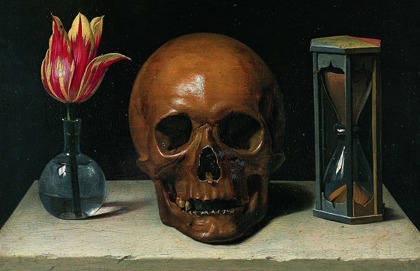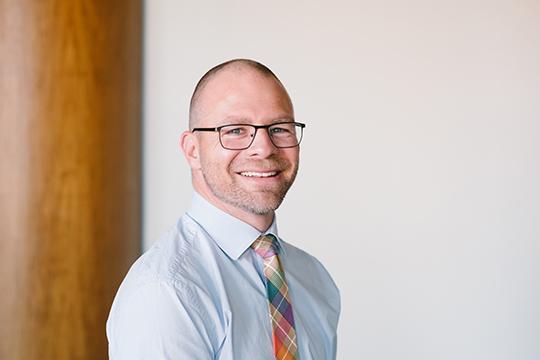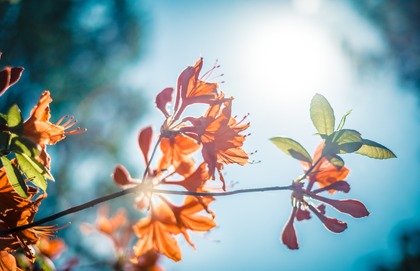Remember, man, that you are dust, and to dust you shall return (and the same for your buildings).
New York is not a place known for its contemplation of mortality. The glitz, the money, the movement, the power, the sheer seething of the place contributes to a sense that it is a place that will never die. It's hard to remember, living in a city that never sleeps, that each of us will one day sleep in the cold ground.
9/11 changed that, of course. As hard as it might have been to avoid thinking of death prior to those horrible events, it's hard to avoid the contemplation of mortality in a city which has a big black hole in its centre. But there's something about NYC's architecture which, even in the face of the horror of 9/11 and the baffling force and fury of Sandy, tends toward a certain god-like sense of power and immortality. True, buildings in NYC are far from immortal. Towers, shops, streets, and houses are torn down and rebuilt every day, but the size, scope, and incredible human ingenuity that are on display speak of a city—of people—who desire to "make a name for themselves."
In the face of Sandy, or any other of the countless acts of God that destroy, how do we contemplate the destruction of our work?
One of the most compelling articles I've read on this comes from the artist Makoto Fujimura. Fujimura is well acquainted with death and destruction. His work—described by Comment's fall issue guest editor Peter Leithart as possessing an "apocalyptic vision"—is fueled by memento mori, a Latin phrase translated as "remember your mortality." For Fujimura, 9/11 was a deathly and horrifying muse; creative destruction indeed.
Sandy presented Fujimura with a much different destruction. Here he is, contemplating the death of a significant portion of his work:
When you are a professional artist, meaning that you are making a living off your work, you do learn to say good bye to your work every day. That is what it means to be making a living. A friend recently told me that this is similar to a farmer not getting too attached to animals that will be slaughtered . . . But the attachment to your creation IS deep and abiding. No amount of rational persuasion will change the depth of my pain as I heard the list of works destroyed. Olana—Vision, Trinity screens, Gravity and Grace, Emily Dickinson's Trinity, Interior Castles, Elm Vision, etc, etc . . . The images went through my head, into my gut, and they were no longer allowed to be present. I told Val that I need not see the work. If they were destroyed, they are destroyed. And yet I am sure I will view the damaged pieces, given the opportunity, to fulfill the post mortem responsibility of an artist to his art works. Over twenty significant works of mine, and over fifty small works and prints were underwater, mixed with many other precious works by other artists, on the evening of October 29th in Chelsea.
The loss of our work is a lesser tragedy than the loss of our neighbours, but it is still a tragedy. It is a tragedy, because paintings, buildings, subway systems, and electrical infrastructure are all the work of creative human hands. It's easy to despair when thinking of the labour, the sweat, and the intellect that went into things which are now swimming in water, or made into matchsticks. It's natural to say with the teacher, "Yet when I surveyed all that my hands had done and what I had toiled to achieve, everything was meaningless, a chasing after the wind; nothing was gained under the sun."
But, like the death of our loved ones, I think that such cases can point us toward the resurrection.
It does not ease pain, or diminish grief, but it can give us hope. One day, the dead will rise from the grave, and, if we are to believe Isaiah 60, our work will be restored. The skies may be black with torrential rains and whipping winds, but one day, the Glory of the Lord will shine on a city whose gates—and maybe the doors of its art galleries, skyscrapers, and subways—will always stand open.






